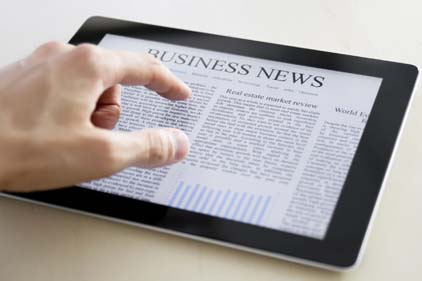Ninety Million Wearable Computing Devices Will Be Shipped in 2014

Wearable technology will be characterized by the diversity of products, but only the product categories with a clear use-case and therefore target audience will succeed, according to ABI Research. Wearable device sales volumes in 2014 are expected to come from healthcare and sports and activity trackers. While the commercial launch of several smart glass products, including Google Glass, will continue to drive interest in the wearable space, it is not expected to be a significant commercial success in 2014.
“The next 12 months will be a critical period for the acceptance and adoption of wearable devices,” said Joshua Flood, senior analyst. “Healthcare and sports and activity trackers are rapidly becoming mass-market products. On the flip side, wearable devices like smart watches need to overcome some critical obstacles. Aesthetic design, more compelling use cases, battery life and lower price points are the main inhibitors. How vendors approach these challenges and their respective solutions will affect the wearable market far in the future.”
Chipset vendors are reportedly beginning to pave the way with interesting wearable reference designs that will allow non-technology OEMs and brands to quickly jump upon the wearable device bandwagon and bring diverse, innovative, unique, and stylish solutions.
While smart glasses could be the starting point moving away from today’s touchscreen smartphones to eyewear devices using a voice interface, pricing, battery life, and style will all play crucial roles for market traction. Due to these limitations, the enterprise sector will reportedly be the early target for smart glasses before they are ready for mass-market adoption. ABI Research expects more than two million smart glasses will be shipped in 2014 and the category is forecast to grow rapidly from 2015 onwards. Mobile enabling technologies like augmented reality will play a vital part in enhancing smart glass capabilities.
For more information, visit www.abiresearch.com.
Looking for a reprint of this article?
From high-res PDFs to custom plaques, order your copy today!




